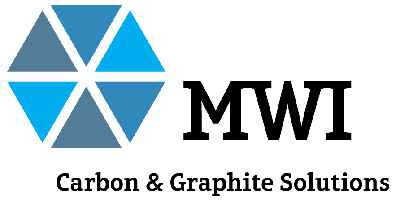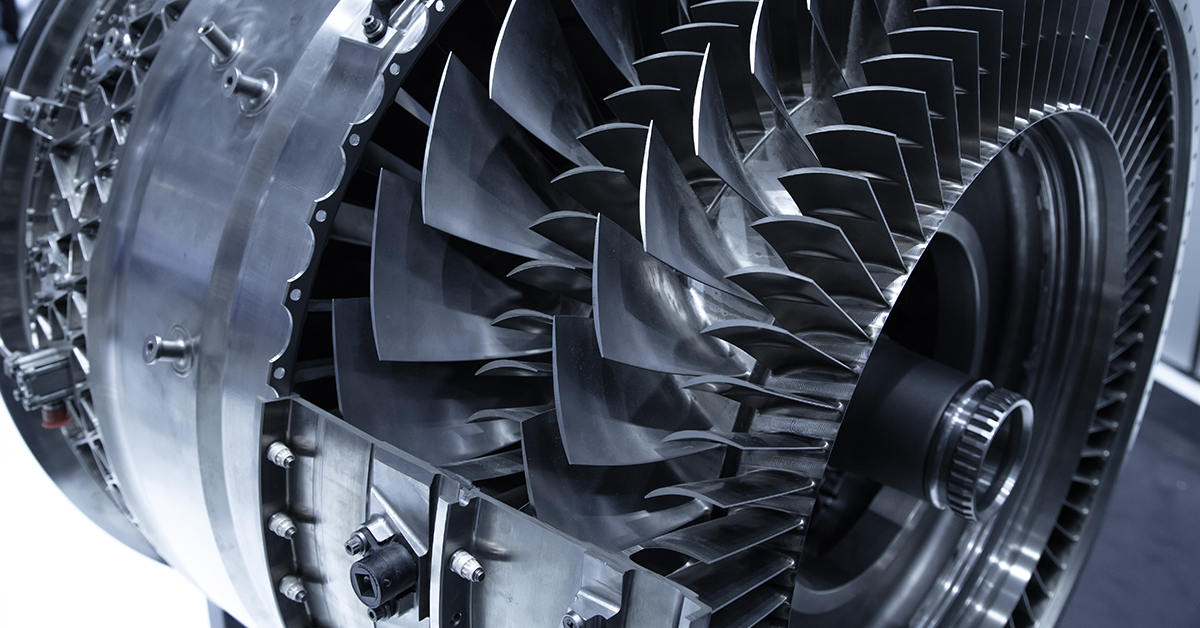Jet engines are among the most complex and demanding machines in existence, powering both commercial and military aircraft across the globe. Turbine blades and vanes are critical engine components, designed to withstand extreme heat, immense centrifugal forces, and rapid temperature fluctuations. Precision, durability, and high-temperature resistance are non-negotiable in their design and manufacturing.
One of the key enablers of turbine production is the use of graphite electrodes in electrical discharge machining (EDM). These specialized components make it possible to create intricate cooling passages, complex contours, and highly accurate features that traditional machining simply cannot achieve.
Background on Graphite Electrodes
Graphite is uniquely suited for EDM applications because of its:
- High electrical conductivity.
- Excellent thermal resistance.
- Machinability into precise shapes.
- Lower wear rates compared to metallic electrodes.
Why Graphite Over Other Materials
While copper was historically used in EDM, graphite has become the industry standard for aerospace applications. It offers better performance in high-temperature applications, more stability over long machining cycles, and cost advantages due to reduced wear.
Role of EDM in Turbine Manufacturing
EDMing is a process that uses controlled sparks to erode conductive material. It is indispensable in turbine manufacturing because:
- Superalloys such as Inconel and titanium are nearly impossible to machine the intricate shapes with conventional tools.
- Turbine blades require internal cooling holes, intricate contours, and ultra-precise tolerances.
EDM plays a vital role in turbine blade manufacturing because it enables the creation of intricate geometries and cooling features that are essential for engine efficiency. The process makes it possible to machine complex shapes—such as diffuser cooling holes—that improve airflow and thermal management. These features are especially important in modern turbine engines, which rely on specialized diffuser film cooling holes and advanced thermal coatings to boost performance, reduce fuel consumption, and extend component life. With its precision and capability to machine hard-to-cut superalloys, EDM is an indispensable technology in the aerospace industry, ensuring the production of high-quality turbine components for reliable engine operation.
Application of Graphite Electrodes in Jet Engine Turbines
- Machining Cooling Holes and Channels: Graphite electrodes form the intricate internal cooling pathways that keep turbine blades from overheating during operation.
- Airfoil and Blade Profile Formation: Electrodes enable the production of the aerodynamic profiles essential for engine efficiency.
- Root and Dovetail Precision: EDM electrodes machine the complex attachment points where blades connect to turbine disks, ensuring strength under extreme forces.
- Die-Sinking EDM: With graphite electrodes, manufacturers can achieve sharp edges, fine features, and deep cavities required in aerospace-grade parts
Advantages of Using Graphite Electrodes in Turbine Manufacturing
- High material removal rate in hard alloys.
- Longer electrode life and cost efficiency.
- Greater flexibility in electrode design for intricate blade geometries.
- Consistent accuracy for critical aerospace standards.
- Improved surface finish and thermal management.
- Reduced risk of workpiece contamination. Graphite does not introduce unwanted elements into the turbine material during EDM, maintaining the integrity of critical aerospace alloys.
Learn why graphite is used for electrodes and the types of EDM graphite MWI offers here!
Challenges and Considerations
While graphite electrodes offer significant advantages in turbine manufacturing, several challenges must be addressed to ensure optimal performance. Electrode wear is inevitable during EDM processes, necessitating periodic redressing or replacement to maintain precision. Graphite’s brittle nature requires careful handling and effective dust control measures, both for operator safety and to prevent contamination of the workpiece. Additionally, selecting the appropriate electrode grade—such as fine-grain versus medium-grain graphite—requires balancing performance, machining speed, and cost, as higher-quality grades may extend electrode life but come with increased material expenses. Thoughtful management of these factors is essential for achieving both efficiency and high-quality turbine components.
Innovations and Future Trends
The future of turbine manufacturing continues to evolve through innovations in graphite electrode technology and machining processes. MWI’s HK-6, a premier grade of ultra-fine graphite, is engineered for fine finishes and exceptional edge wear resistance. Its unique material properties deliver excellent MRR-to-wear ratios while achieving surface finishes as fine as 16 VDI, making it particularly well-suited for the demanding requirements of jet engine turbine production.
Ongoing developments in ultra-fine grain graphite like HK-6 are pushing the boundaries of precision, enabling manufacturers to produce more intricate cooling channels and blade geometries with superior consistency. At the same time, the integration of advanced EDM technologies—including adaptive process control and real-time monitoring—enhances efficiency, accuracy, and repeatability.
The rise of automation in both electrode manufacturing and EDM machining further streamlines production, reducing human error while improving throughput and consistency across turbine components. In addition, the industry is increasingly focused on sustainability, with strategies to reduce waste, optimize electrode usage, and extend electrode lifespan, aligning manufacturing efficiency with environmental responsibility.
Collectively, these innovations represent a significant leap forward in turbine manufacturing, where precision, performance, and sustainability are equally critical to meeting the next generation of aerospace standards.
Conclusion
Graphite electrodes are essential tools in manufacturing the turbine blades that power modern jet engines. Their role in enabling precision, durability, and efficiency under extreme conditions makes them indispensable to aerospace production.
Advance Aerospace Precision with MWI
At MWI, we supply high-performance graphite electrode materials engineered for the most demanding EDM applications. From machining intricate cooling channels in turbine blades to forming precise airfoil geometries, our electrodes deliver the thermal stability, accuracy, and durability aerospace manufacturing requires.
Whether your process calls for sinker EDM, wire EDM, or fast-hole drilling, our team helps you select the right electrode grade to maximize efficiency and minimize wear. Backed by technical expertise and industry experience, MWI ensures your manufacturing process meets the stringent standards of aerospace performance and reliability.
PARTNER WITH MWI TODAY

